Yemeni Mocha Sabah Sabri coffee roasting proposal that production has been declining
For professional baristas, please follow the coffee workshop (Wechat official account cafe_style)
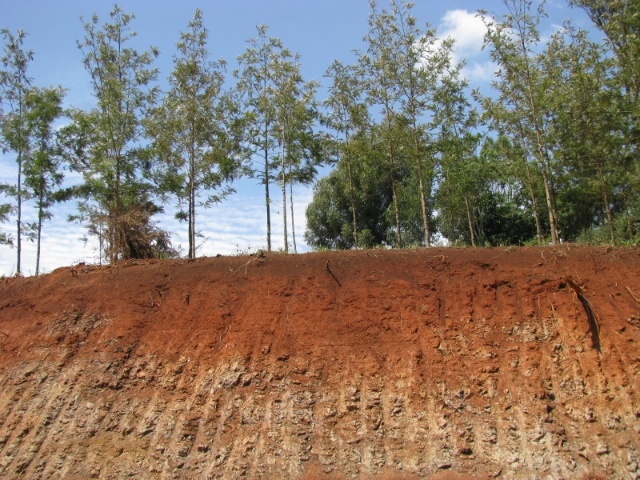
Yemeni mocha-Sabah Sabri
The origin is Saber Sabri.
Yemeni Sabri Saber is not in nine small coffee producing areas, coffee is grown on terraces, there is no data to verify the wild varieties, what is so special about this bean? Because the arable sparse terraces are covered with Qat kart grass, which is said to have a mild and refreshing effect, the sharp drop or even suspension of production of Sabri Saber coffee in Yemen is encouraged to be cherished, which is the freshest Yemeni mocha harvested from October to December.
Property Characteristics: farm characteristics
Name of Farm Farm: 160,160 farming families
Name name: Mocha Sabri Mocha Saber
Grade grade: naturally dried Arabica beans, no regulatory body, no grading system
Region producing area: Jabal Sabri Saber
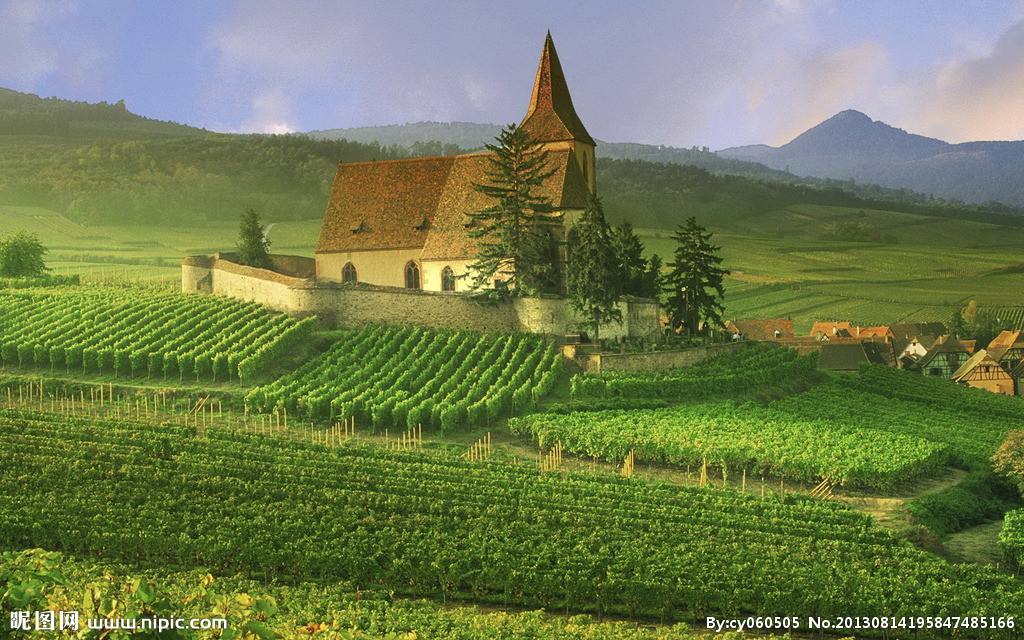
Country countries: Yemen Yemen
Altitude altitude: 1200-1372 m
Certification certification: without certification, all coffee is grown organically in accordance with the ancient method, and pesticides containing chemicals are not used.
Coffee Characteristics: coffee characteristics
Variety varieties: 10 special native mocha species are mainly Udaini.
Processing System treatment: Method Traditional Sun Dried traditional sun drying of ripe cherry fruits in an African (sun) elevated bed drying
Harvest period harvest time: the main crop harvest period is from October to December, and the second harvest is in April in some producing areas.
Coffee beans are blue-green in color, which is a fresh Yemeni mocha.
Top Jury Descriptions comment: the baking degree (Cinnamon) measured by the cup at the beginning of 60 seconds of explosion.
Aroma aroma / flavor flavor: banana, pineapple, strawberry, Hawthorn tea, chrysanthemum sweet, fruit wine, maple syrup, cherry, chocolate
Acidity: elegance, tartaric acid, mint, tropical fruit acid, cranberry acid
Complex complexity and other other: strong strawberry biscuit aroma, good balance, creamy texture, Yemeni mocha unique woody leather flavor, bitter to sweet, long and sweet melons
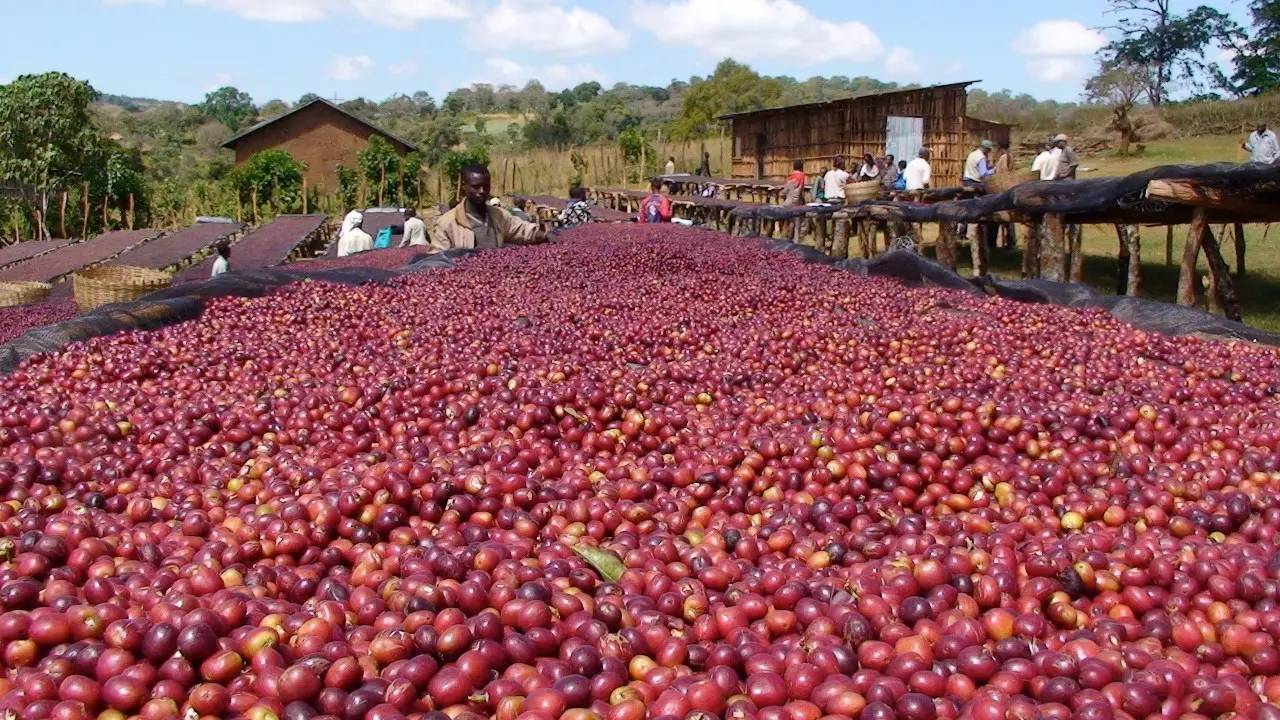
Cup test date: 2011.01.24
Dry aroma: 10
Wet aroma: 8
Clean: 9
Brightness: 9
Palate: 9
Balance: 9
Complexity: 8
Sweetness: 9
Acid quality: 9
Yu Yun: 10
Cup test score: 90
Important Notice :
前街咖啡 FrontStreet Coffee has moved to new addredd:
FrontStreet Coffee Address: 315,Donghua East Road,GuangZhou
Tel:020 38364473
- Prev
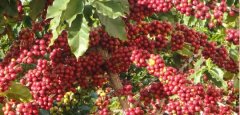
Yemeni Yishi Mary is a producing area or a coffee tree species Yishima Coffee introduction
For professional baristas, please follow the coffee workshop (Wechat official account cafe_style) Yemen Yishi Mary actually sees that Yemen is located on the Arabian Peninsula of the Asian continent, but it is very close to Africa as long as it crosses the Red Sea and the Gulf of Aden Gulf of Aden, but other Arab countries do not produce coffee, so people classify Yemeni coffee as the North African coffee family.
- Next
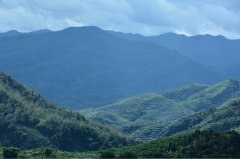
Introduction of Water-washed Bean Cup and Flavor in Tarazhu Cooperative, Costa Rica
The exchange of professional baristas please pay attention to the coffee workshop (Wechat official account cafe_style) Costa Rica Tarazu Cooperative Water washed beans Costa Rica is the most stable quality coffee in Central America, coffee production has a very long history, as early as the 19th century has been exported to the United Kingdom. In Costa Rica, Robusta varieties (made into canned coffee) are prohibited by law.
Related
- Beginners will see the "Coffee pull flower" guide!
- What is the difference between ice blog purified milk and ordinary milk coffee?
- Why is the Philippines the largest producer of crops in Liberia?
- For coffee extraction, should the fine powder be retained?
- How does extracted espresso fill pressed powder? How much strength does it take to press the powder?
- How to make jasmine cold extract coffee? Is the jasmine + latte good?
- Will this little toy really make the coffee taste better? How does Lily Drip affect coffee extraction?
- Will the action of slapping the filter cup also affect coffee extraction?
- What's the difference between powder-to-water ratio and powder-to-liquid ratio?
- What is the Ethiopian local species? What does it have to do with Heirloom native species?

